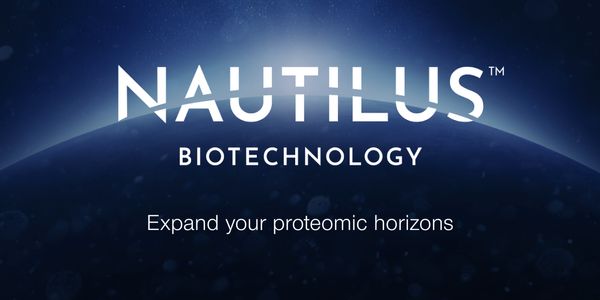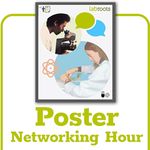Practical and Effective Standards for Tumors, Experiments and Data for Patient-Derived Xenograft Studies
Patient-derived xenografts (PDX) are preclinical models for precision cancer medicine. PDX models are highly recognized for recapitulating phenotype-genotype associations of their matched patient tumors, and used as patient tumor avatars, with the advantage of unlimited tissue availability to interrogate molecular mechanisms of drug response, tolerance and resistance. Patient tumor specimens are collected fresh and engrafted in immune-deficient murine hosts. These models are propagated, cryobanked and curated to provide a renewable tumor resource for comprehensive proteo-genomics profiling, and biomarker-selected therapeutics and functional testing. PDX collections are increasing since the early 2000s, with larger pan-cancer collections being managed centrally by next generation biobanks such as the Princess Margaret Living Biobank (PMLB). There are a number of variations in PDX methodologies for reliable model establishment, annotation and experimental designs. This presentation reviews key steps in PDX workflows and highlights practical considerations to implement standard operating procedures and ensure high quality reproducible results that capture biological and methodological variations. Additionally, associated PDX data are multi-dimensional including matched patient tumor clinico-pathological features, molecular profiles, PDX growth characteristics and associated mouse health parameters, and assay-specific results. Due to the substantial cost and time associated with PDX establishment and experimental studies, supporting infrastructures, databases and computational tools may also contribute to standards for cumulative data collection to facilitate high-throughput data visualization and assessment across models, projects and labs. By applying good practices in PDX studies, researchers could reduce the burden of cost and time for PDX studies while optimizing for reproducible high quality tumor models, effective experimental designs and data that could be shared and translated for clinical impact.
Learning Objectives:
1. Describe the process of establishing a renewable source of PDX models.
2. Discuss how PDX study designs minimize animal numbers while maintaining measurable and reproducible results.
3. Identify good practices for PDX tissues and data inventories.




